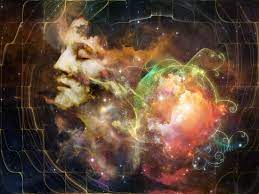Depravity popularized by modern "music"
DARKNESS NOW PRESENTED AS LIGHT PEOPLE IN “HOLLYWOOD” WHO are sometimes criticized as pushing immorality do not, in general, see themselves in that way. Rather, they regard themselves as pushing a “higher” and “better” morality. (Hugh Hefner is a most obvious illustration, but just listen to what others there say.) Traditional Christian practice is held up as morally inferior to the values sponsored by “Hollywood” presentations and as having been intellectually discredited. Of course the same is true of the Islamic critique of “the West.” Can we learn anything from these voices? At the present time, popular culture and political parties have largely taken over the attack, though government is still involved in various ways—especially in education. Lyrics of popular music before the Beatles and Bob Dylan did not undertake to critique traditional (Christian) teachings. Just look back at the lyrics of Perry Como and Doris Day. Even Elvis—while he was perceived as threatening to Christian behavior—did not critique it. He did not find Christian teachings inferior to his own moral insights. But all of that changes with the Beatles and Bob Dylan. In them all the bitterness of the previous generation’s literary writings broke through to the general culture. They profess to have seen through “The Establishment.” And no doubt they found much there to criticize justly. They promoted by their “art” a “higher” morality to replace what they took to be “The Establishment.” This is a major turning point for contemporary life. Darkness was then said to be light and was portrayed as light artistically. Of course this could not have happened but for the work of our “greatest thinkers” of recent centuries. They become the cultural authorities, though hardly anyone could claim to understand them. That shift at the popular level set the trend for the present; and now the vilest and most brutal “music” unleashed upon the popular scene is delivered with an assurance of moral superiority and self-righteousness so palpable and pervasive that most people, I think, cannot recognize it for what it is. And that is now true of all the art forms.
Have you known people who fit the
composite picture of the children of light drawn in this chapter? Some who were
close? Some moving in that direction? pp. 230-232 SOURCE




Comments
Post a Comment